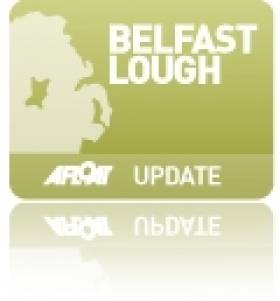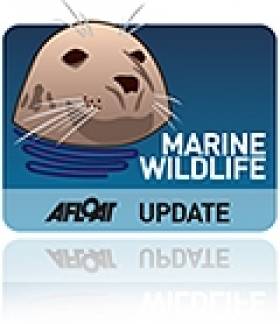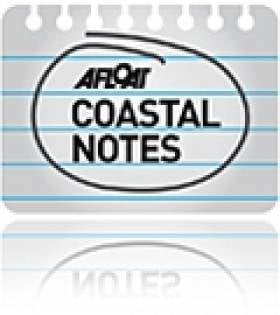Displaying items by tag: birds
Belfast Lough Bird Reserve Reopens Tomorrow
#BelfastLough - Belfast's Window on Wildlife is the new name for the RSPB's nature reserve on Belfast Lough, which reopens tomorrow (Wednesday 18 February).
As Birdwatch reports, the opening comes after an extensive refurbishment project that will allow visitors to have even better views of the various species of seabirds and water fowl that use the reserve for feeding and breeding.
The new visitor and interpretive centre offers panoramic views of the lagoon, with binoculars and telescopes available – not to mention RSPB staff to help with identifying species.
RSPB members, meanwhile, will be able to benefit from new hides allowing for stunning close-up photography.
And later in spring, a sand martin bank and a swift tower will be installed to provide new homes for those important birds.
Birdwatch has much more on the story HERE.
#MARINE WILDLIFE - The Limerick branch of Birdwatch Ireland is seeking volunteers to assist in rescuing birds from oil spillages in the Shannon Estuary.
A report in the Limerick Post recounts a recent meeting at Shannon Rowing Club, where Birdwatch Ireand highlighted the impact on the environment and marine wildlife from both major and minor oil spills.
The meeting also discussed the role that local birdwatchers can play in determining crucial spillage incident response times.
A training exercise at Poulnasherry Bay is being organised for next month using equipment donated to the Irish Seal Sanctuary, preceeded by a similated planning exercise and "on-the-ground response".
The Irish Seal Sanctuary will also provide opportunities for training in the rehabilitation and cleaning of spillage-affected birds.
The Limerick Post has much more on this story HERE.
Coastwatch Warns Over Draining of Cork Wetlands
Ballyvergan marsh is under threat after the discovery of an illegal pipe being used to drain the wetlands area, claims Coastwatch.
The Irish Times reports that the environmental group has called for immediate action over the draining of the marsh near Youghal in Co Cork.
Cork County Council has also confirmed to the paper that a letter regarding an "allegation of unathorised development" has been sent to the landowner.
The marsh at Ballyvergan is one of the largest on the south coast, and is zoned as a special amenity. It is also an important breeding site for migratory birds.
Karin Dubsky of Coastwatch said that the situation highlights the deficiencies in State policy regarding Ireland's wetlands.
The Irish Times has more on the story HERE.


























































